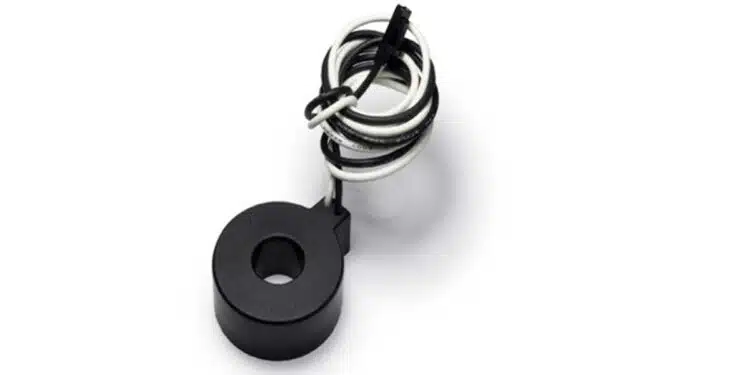Bourns Magnetics Product Line is introducing the new Model PCP300-T414250S current transformer.
The Current Transformer is a new category of product, with this new model designed for power systems.
This new transformer features a permalloy T-core construction that provides high permeability and low energy losses.
The Model PCP300-T414250S offers an operating temperature range of -40 to +85 °C and is well-suited for high frequency current sensing, power meters, and motor load measurement.
| Model | Ir (A) | Vmax (V) | Te (Typ) | DCR (Ohm) | Frequency |
| PCP300-T414250S | 75 | 12 | 2512 Ts | 160 max | 20 Hz – 1kHz |
Features
- High turns ratio
- Max. primary continuous current: 300 A
- Insulation voltage: 3500 VAC
- RoHS compliant and halogen free
Applications
- High frequency current sensing
- Power meters
- Motor load measurement
Source:
Bourns































